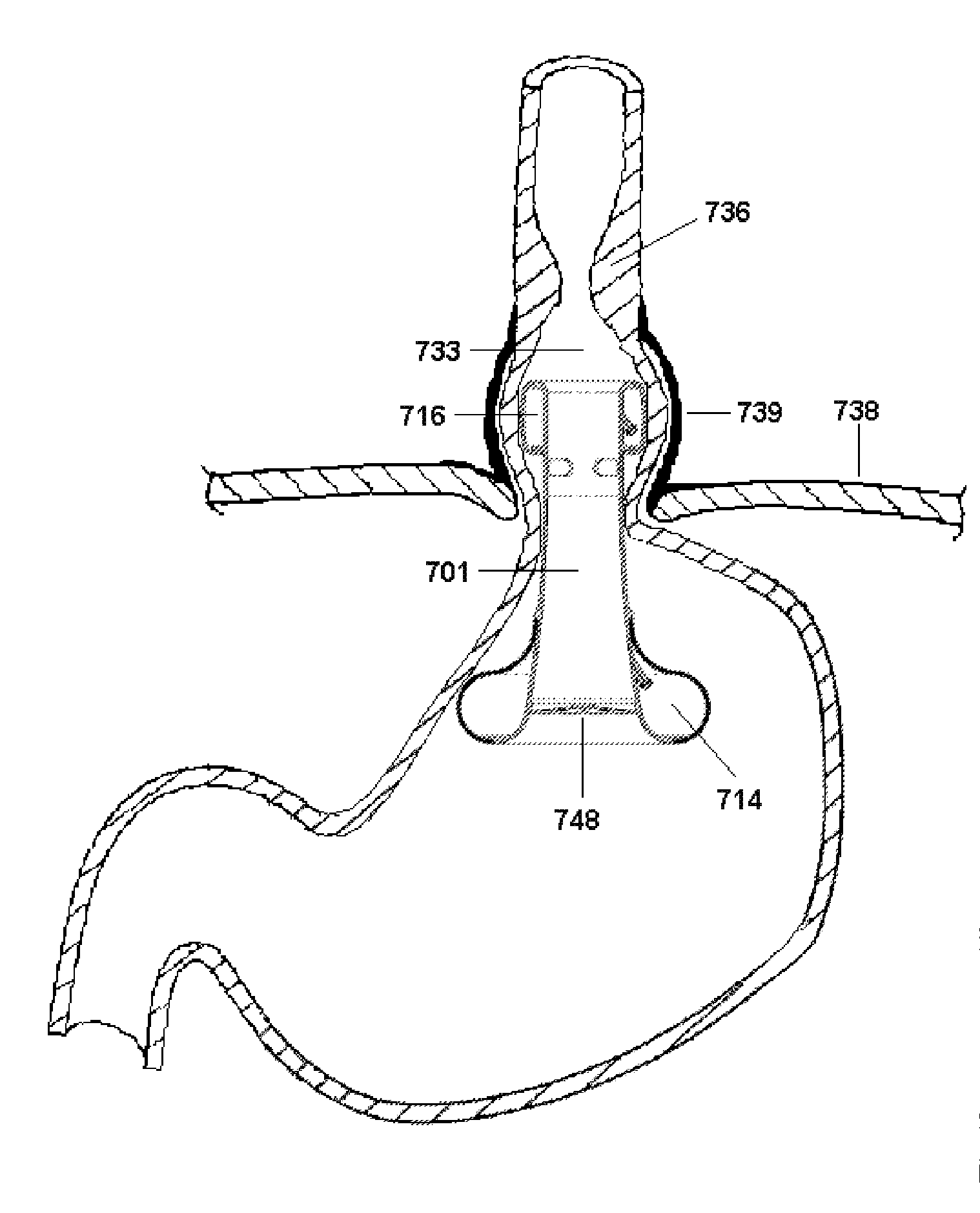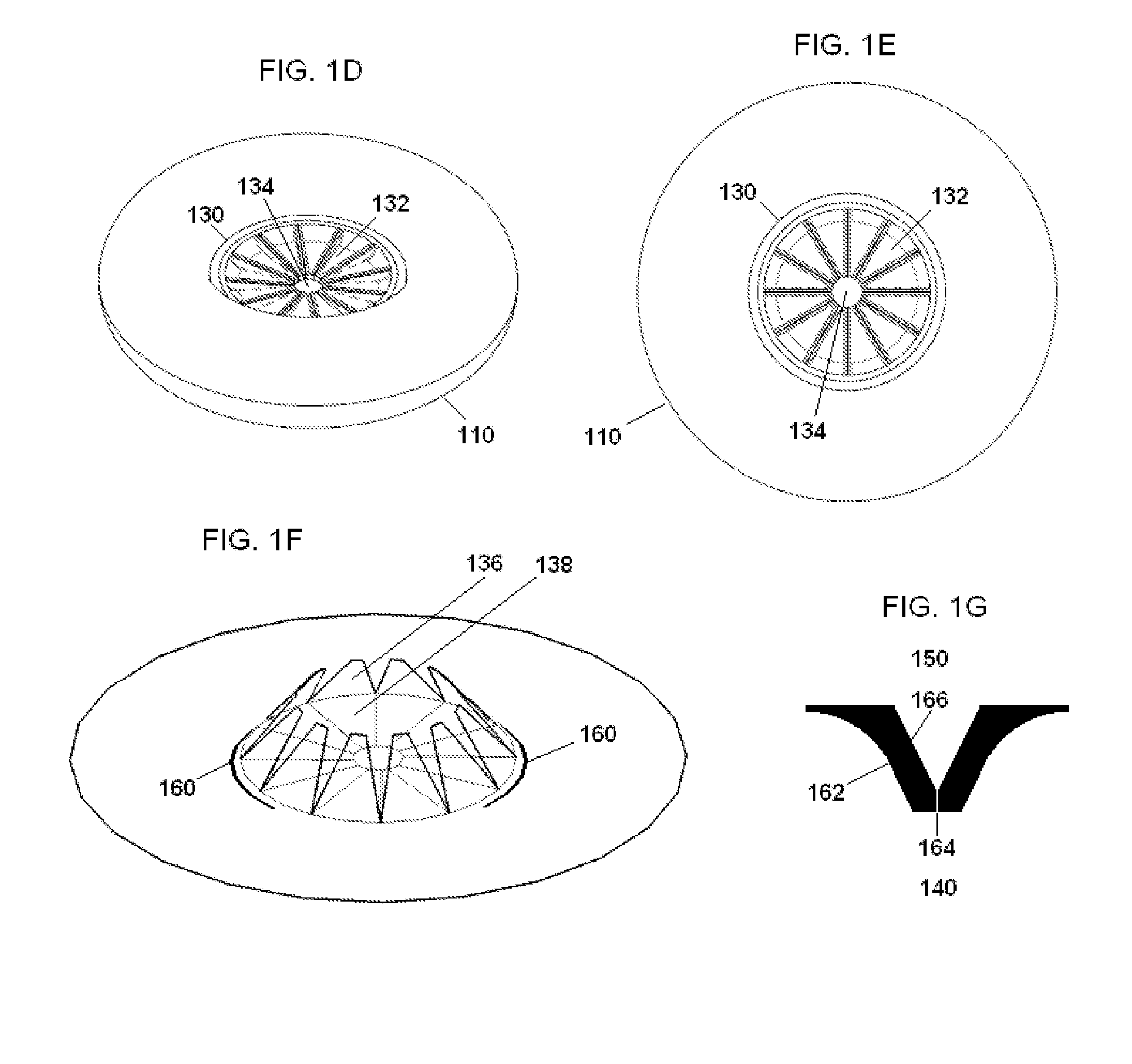Anti-reflux devices and methods for treating gastro-esophageal reflux disease (GERD)
a gastroesophageal reflux disease and anti-reflux technology, which is applied in the field of gastroesophageal reflux disease treatment methods and devices, can solve the problems of long-standing controversy, insufficient normal pressure generated by les and crural diaphragms to prevent backflow, and damage to the mucosal lining of the esophagus
- Summary
- Abstract
- Description
- Claims
- Application Information
AI Technical Summary
Benefits of technology
Problems solved by technology
Method used
Image
Examples
Embodiment Construction
[0082]An objective of the present invention to provide improved endoscopically implanted prosthetic valves and valve-retainers that can significantly reduce the symptoms of reflux in GERD patients. Three types of valves have been previously suggested for the treatment of GERD: unidirectional compact valves, bidirectional compact valves, and collapsible tubing that is sometimes referred to as a sleeve valve. Placement of the proximal end of such valves is typically in a lumen in or near the lower esophageal sphincter (LES) or in a hiatal hernia.
[0083]In U.S. Pat. No. 5,314,473, entitled Prosthesis for preventing gastric reflux into the esophagus, to GODIN, a duckbill valve extending from the terminus of the esophagus into a hiatal hernia acts as a one-way valve to prevent reflux. A similar elastomeric valve was described in U.S. Pat. No. 4,265,694, entitled Method of making unitized three leaflet heart valve, to BORETOS et al., but for use in the heart. U.S. Pat. No. 6,264,700, entit...
PUM
 Login to View More
Login to View More Abstract
Description
Claims
Application Information
 Login to View More
Login to View More - R&D
- Intellectual Property
- Life Sciences
- Materials
- Tech Scout
- Unparalleled Data Quality
- Higher Quality Content
- 60% Fewer Hallucinations
Browse by: Latest US Patents, China's latest patents, Technical Efficacy Thesaurus, Application Domain, Technology Topic, Popular Technical Reports.
© 2025 PatSnap. All rights reserved.Legal|Privacy policy|Modern Slavery Act Transparency Statement|Sitemap|About US| Contact US: help@patsnap.com



